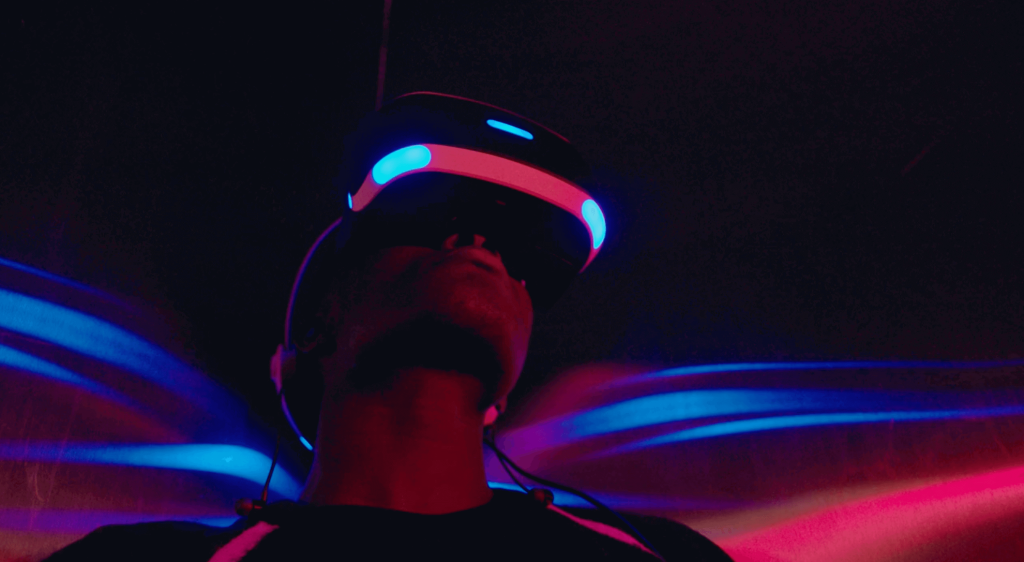Artificial Intelligence (AI) continues to evolve at a remarkable pace, reshaping industries and research fronts alike. In recent months, significant advancements have been made in Agent Deployment Strategies, Knowledge Integration Models, and Probabilistic Graphical Models—each contributing to the broader AI landscape in unique ways. This article explores these developments, their implications, and future directions.
.
**Agent Deployment Strategies: Optimizing Performance in Dynamic Environments**
Agent deployment strategies focus on how AI agents are positioned and configured to optimize performance in various environments. Recent trends have highlighted the use of multi-agent systems (MAS) which consist of multiple interacting agents that can work collaboratively or competitively to achieve defined goals. These systems are particularly beneficial in dynamic and unpredictable environments such as urban traffic management or disaster response scenarios.
.
According to a report by the MIT Technology Review, researchers have been developing novel decentralized strategies that allow agents to make real-time decisions based on incomplete information—a crucial factor when dealing with unpredictable elements. For example, proactive communication among agents enables them to share pertinent information regarding environmental changes. As these agents work in tandem, they can respond effectively to challenges and reallocate resources efficiently.
.
A recent study by Stanford University’s AI lab introduced a framework for agent deployment in robotic swarms. Through the use of reinforcement learning, these agents adaptively learn where to position themselves to respond to changes in their surroundings. This approach has significantly increased the effectiveness of swarming behaviors, thus broadening applications from agriculture—such as automated crop monitoring—to search-and-rescue missions.
.
The effectiveness of these deployment strategies is also being enhanced through improved simulation tools. The integration of AI with virtual reality (VR) allows researchers to create dynamic testing environments, enabling agents to be evaluated under various conditions before real-world deployment. As a result, these strategies not only promote efficiency but also minimize risks associated with agent actions in complex settings.
.
**Knowledge Integration Models: Bridging Data Silos for Enhanced Understanding**
Knowledge integration models are designed to merge diverse data sources and generate comprehensive insights. One of the most notable advancements in this area is the development of models that can synthesize information from disparate domains, providing a unified understanding of complex issues.
.
For instance, research published in the Journal of Artificial Intelligence Research highlights the emergence of “cross-domain knowledge integration,” allowing AI systems to draw upon knowledge from vastly different fields. This capability proves particularly valuable in healthcare, where integrating patient data with medical research documents can lead to improved diagnostics and treatment recommendations.
.
The latest advancements also include the use of ontologies—structured frameworks that describe the relationships between different concepts—to facilitate knowledge sharing between systems. A team at Carnegie Mellon University has developed ontology-based knowledge integration frameworks that enable AI systems to create contextualized knowledge representations. This development can help in applications ranging from smart city planning to personalized education.
.
Furthermore, the introduction of more advanced natural language processing techniques enables the seamless extraction and integration of knowledge from unstructured data sources such as social media, news articles, and academic papers. By fusing this information with structured data, AI systems can generate deeper insights, facilitating informed decision-making processes across various sectors.
.
**Probabilistic Graphical Models: Enhancing Decision-Making Under Uncertainty**
Probabilistic graphical models (PGMs) represent a powerful approach to dealing with uncertainty in AI systems. They allow for the representation of complex relationships among variables and have seen significant developments in recent months.
.
Recent advancements in PGMs have focused on integrating deep learning techniques with traditional probabilistic frameworks. This synergy has led to the development of hybrid models that leverage the strengths of both approaches—using neural networks for feature learning while maintaining a probabilistic structure for uncertainty quantification.
.
A study released by the University of California, Berkeley, has showcased how these hybrid models can improve predictions in uncertain environments. For example, the models can effectively adjust to fluctuating market conditions in finance by analyzing correlations among numerous economic indicators. This integration provides a robust foundation for constructing risk-aware decision-making systems.
.
Moreover, new algorithms have emerged that facilitate scalable learning in PGMs. Researchers at the University of Washington introduced a method that enhances the computational efficiency of inference in large-scale graphical models. This breakthrough allows for practical application in domains where real-time data analysis is critical, such as autonomous vehicles and intelligent personal assistants.
.
The practical implications of PGMs extend to epidemiology, where they assist in forecasting disease spread under varying conditions. By incorporating social behavior patterns and mobility data, probabilistic models can generate scenarios that inform public health decisions, promoting timely and effective interventions.
.
**Future Directions: Integration of Strategies for a Holistic AI Approach**
The convergence of advancements in agent deployment strategies, knowledge integration models, and probabilistic graphical models signifies a promising direction for the future of AI. As these domains overlap, we are likely to witness the emergence of more sophisticated and capable AI systems.
.
Next-generation AI systems may leverage hybrid configurations that employ multi-agent systems influenced by probabilistic reasoning. An AI persona that integrates knowledge from various domains using seamless information sharing can adjust its execution strategies in real-time to optimize results. Consider autonomous vehicles that not only draw from a wealth of operational data but also communicate and share information with one another to navigate efficiently through traffic while making predictive analyses about travel times.
.
Ethical considerations have become increasingly paramount in AI discussions. As more complex models are deployed, ensuring fairness, accountability, and transparency will be crucial. The AI community is actively exploring frameworks to address these concerns, particularly as the power and influence of AI systems grow. Collaborations between academic institutions, industry stakeholders, and policymakers will play an essential role in guiding AI development responsibly.
.
In conclusion, the rapid advancements in agent deployment strategies, knowledge integration models, and probabilistic graphical models represent just a glimpse of a broader revolution in artificial intelligence. As researchers forge new frontiers through integration and synthesis, the implications for technology, society, and industry are profound. It is crucial that we embrace these changes thoughtfully, mindful of the impact on human lives and the world at large.
.
**Sources:**
1. MIT Technology Review. Recent Advancements in Multi-Agent Systems.
2. Journal of Artificial Intelligence Research. Cross-Domain Knowledge Integration: A New Paradigm.
3. Carnegie Mellon University. Ontology-based Knowledge Integration Frameworks.
4. University of California, Berkeley. Hybrid Models: Integrating Deep Learning into Probabilistic Graphical Models.
5. University of Washington. Scalable Learning in Large-Scale Graphical Models.
(End of article)

























